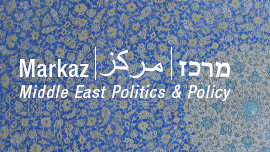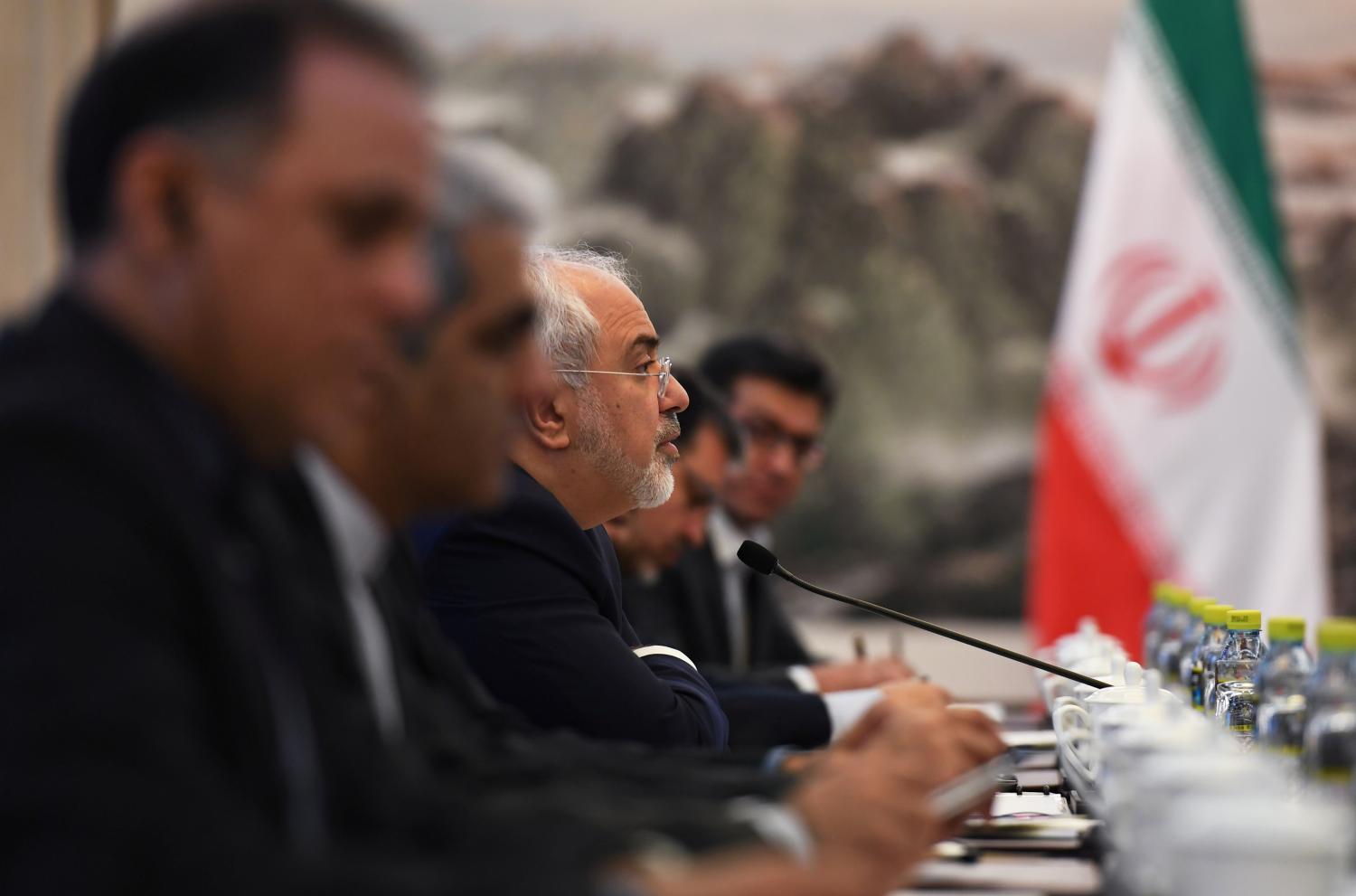Maximizing Iran’s time to “breakout”— defined as the amount of time that it would take Iran to produce sufficient weapons-grade uranium or plutonium for one nuclear weapon— was one of the most important criteria for the nuclear deal. Reasonable people could disagree about whether this is a realistic risk upon which to balance a policy, but nonetheless, this became a measure of merit. Insofar as the final text is concerned, it is now one of the most compelling arguments in support ofthe Iran nuclear deal.
The deal negotiated by the P5+1 will create a one year or longer breakout timeline for Iran’s declared nuclear program for the first ten years of the implementation phase of the deal. And, that’s just for uranium; for plutonium, the breakout timeline is far longer, potentially measurable in decades. Why?
With respect to uranium, the deal restricts Iran’s installed centrifuges to just over 6,000 IR-1 type machines for 10 years. Iran will be able to do some small-scale enrichment using advanced machines during this time, but in numbers far too modest to contribute to breakout. Iran will also be limited to solely 300 kilograms of 3.67 percent U-235 in any form. This restriction alone would hold Iran back from quick breakout because 60-70 percent of the work required for a bomb is in the initial period of enrichment from natural levels to approximately 4 percent. But, combined with the centrifuge limits, Iran will be a year away for at least 10 years: until 2025.
After that, Iran will be progressively permitted to install and operate advanced machines, but the uranium stockpile will be restricted for 15 years: until 2030.
Beyond 2030, breakout probably will narrow— but only with respect to the declared uranium path. For plutonium, the breakout timeline is multiple years long and will not shrink for a considerable length of time. The Arak reactor’s modification will render it incapable of producing such plutonium, essentially permanently because of difficulty of modifying the reactor core of a once-operated reactor. Iran’s agreement to not engage in reprocessing research and development, to construct a reprocessing facility, or to construct a reactor capable of producing weapons-grade plutonium in useful quantities will last until 2030.
But the impact of this decision will go farther: having been stymied in this work for so long, it is unreasonable to expect a rapid improvement in Iran’s capabilities or physical capacity. Iran has been building the Arak reactor since 2007); by this measure, it is reasonable to argue that it would be 2035 at least before Iran could have another such reactor, let alone spent fuel reprocessing capabilities.
Breakout is not the sole measure of a deal. But, compared to the status quo— 2-3 months to breakout for uranium, with 1-2 weapons worth of plutonium being produced per year at Arak— we are far better off with the deal than without it.
The Brookings Institution is committed to quality, independence, and impact.
We are supported by a diverse array of funders. In line with our values and policies, each Brookings publication represents the sole views of its author(s).





Commentary
Based on breakout timelines, the world is better off with the Iran nuclear deal than without it
July 17, 2015